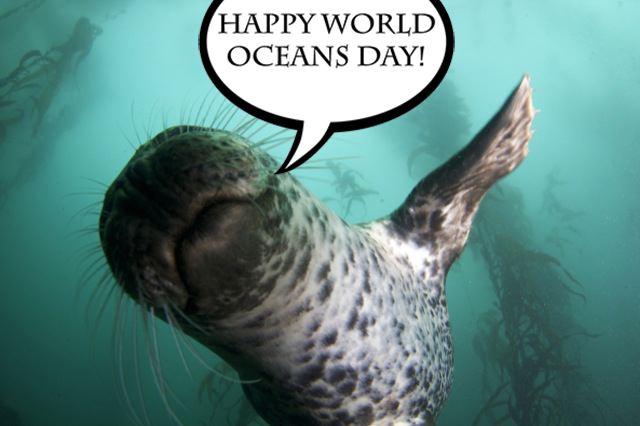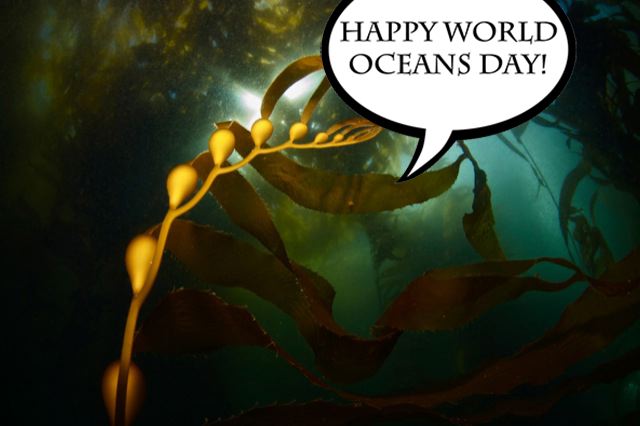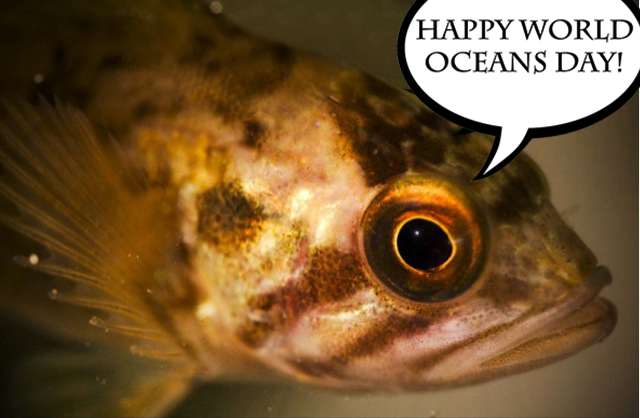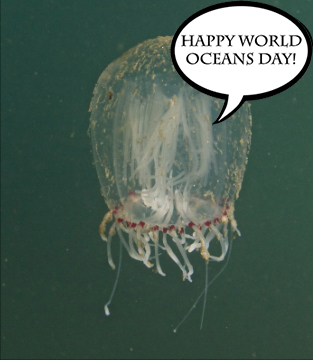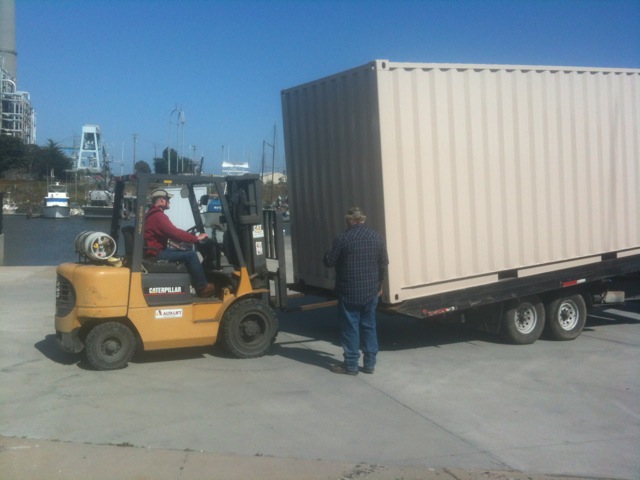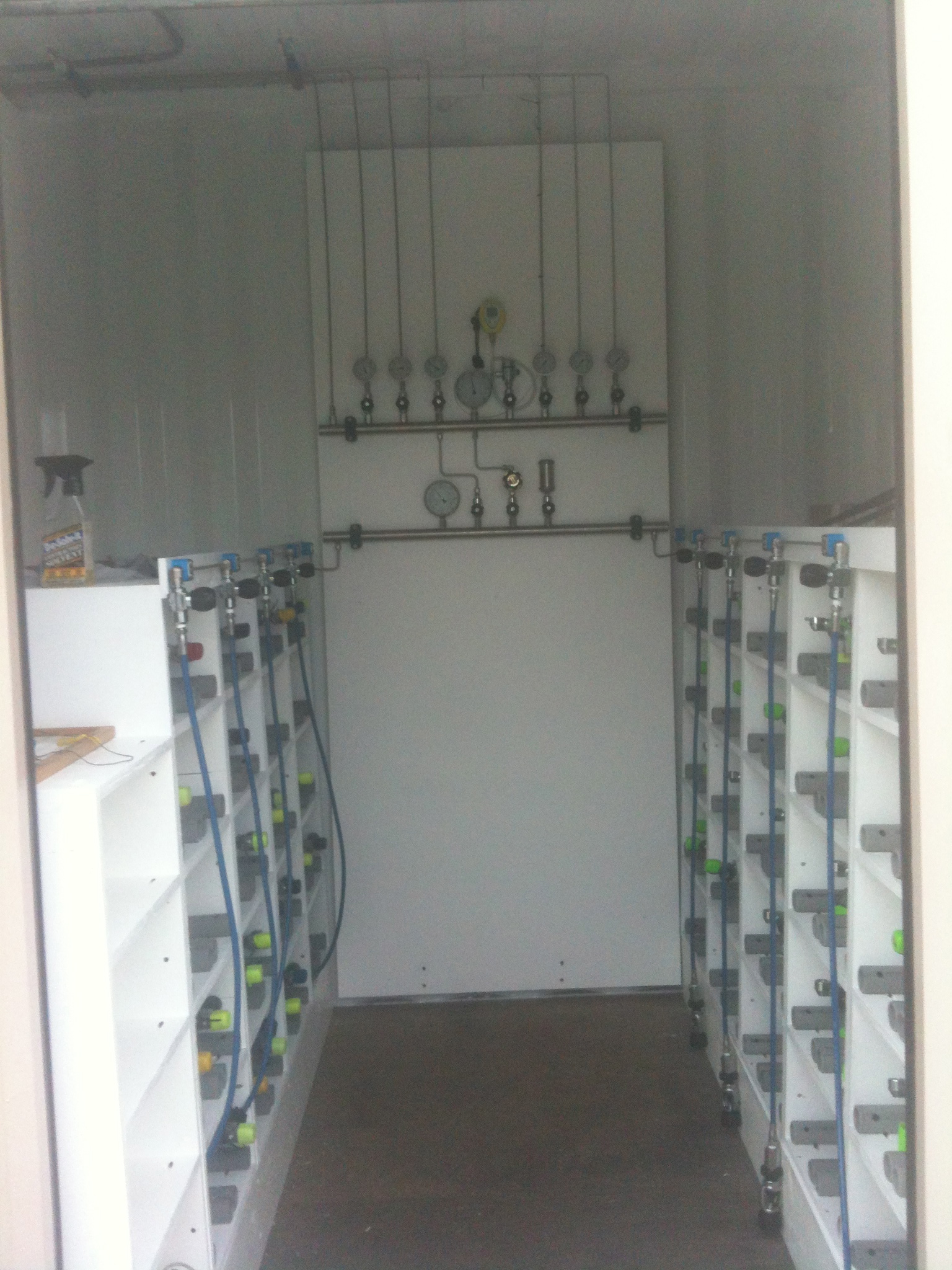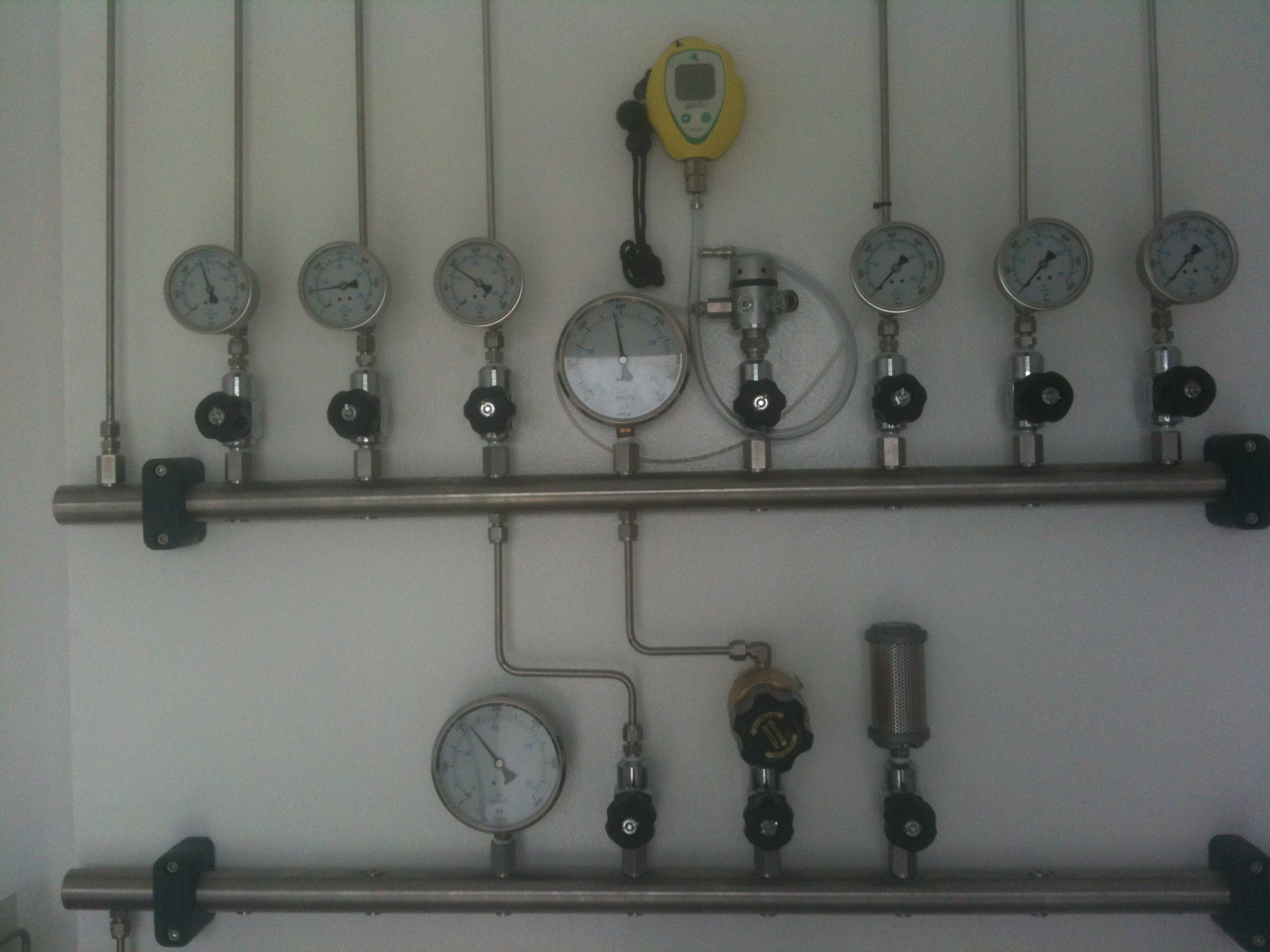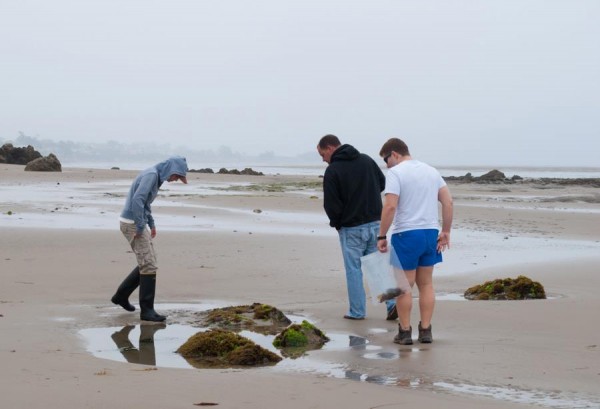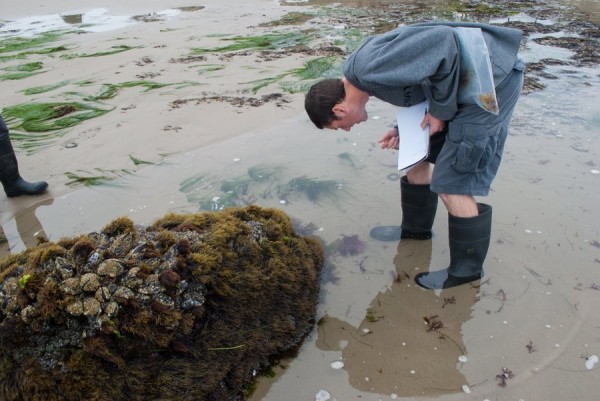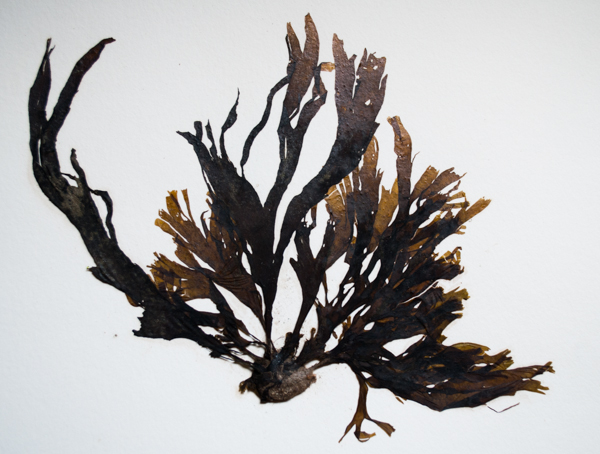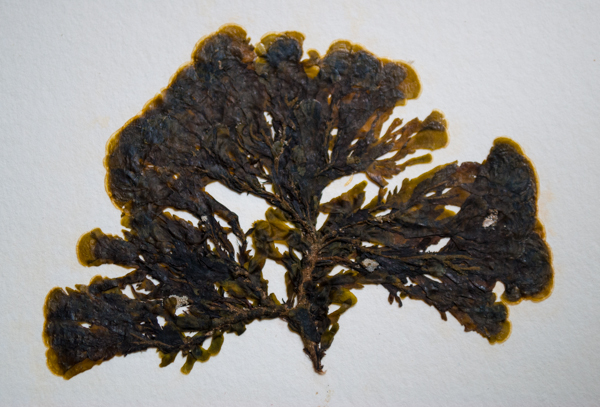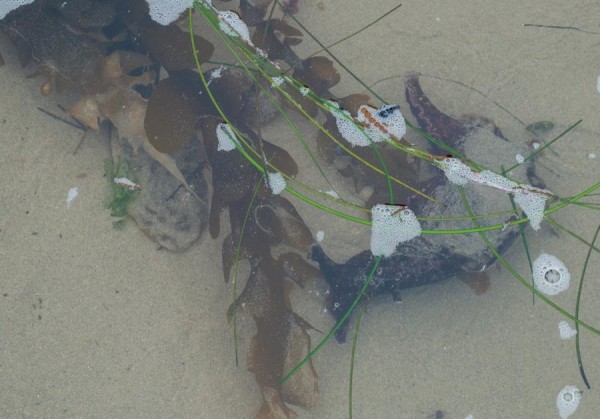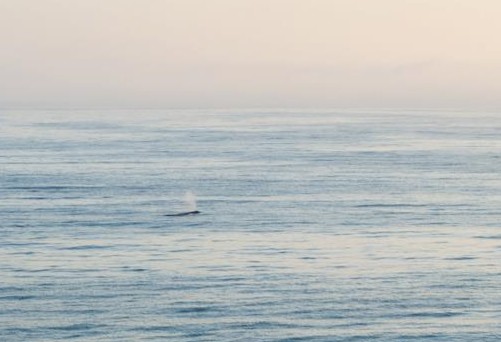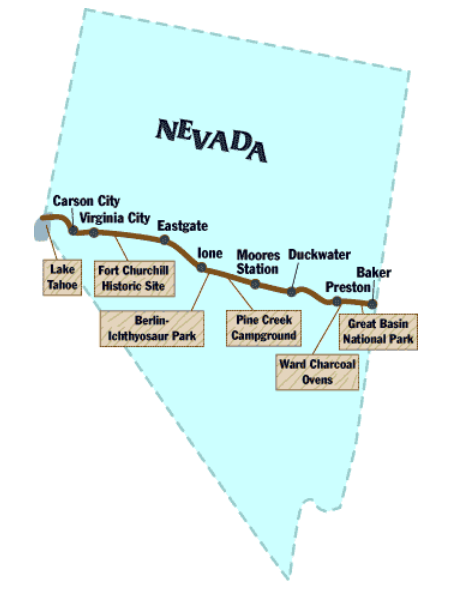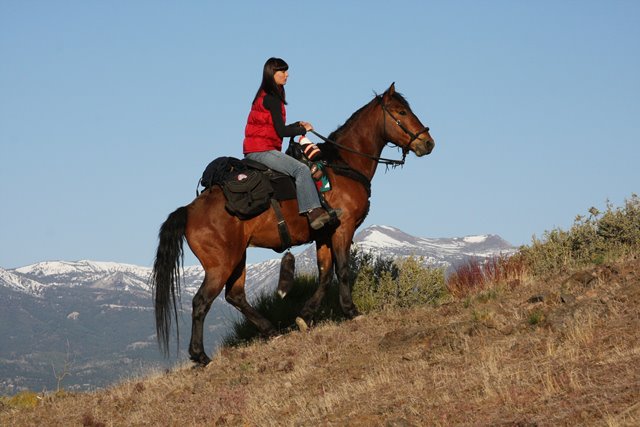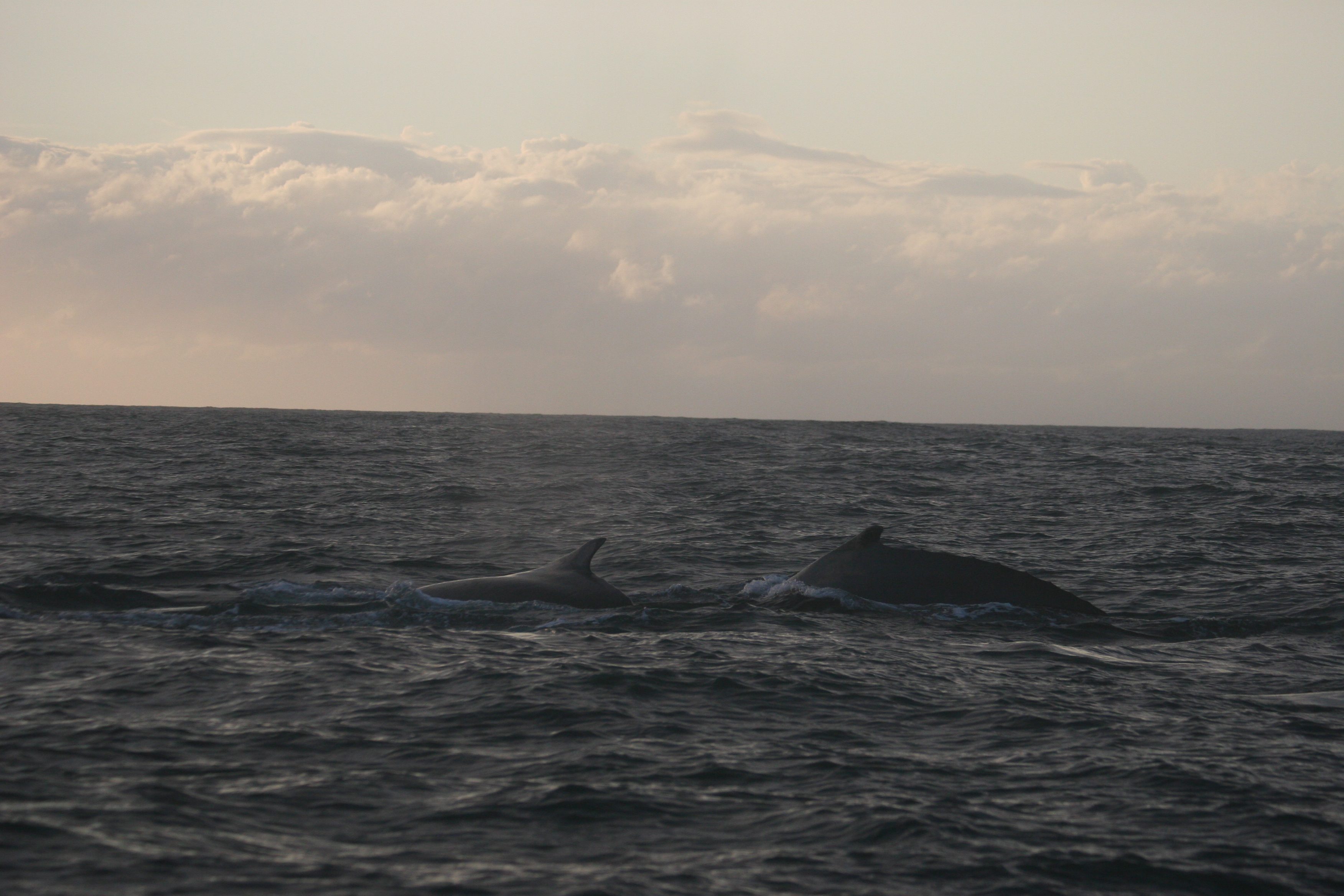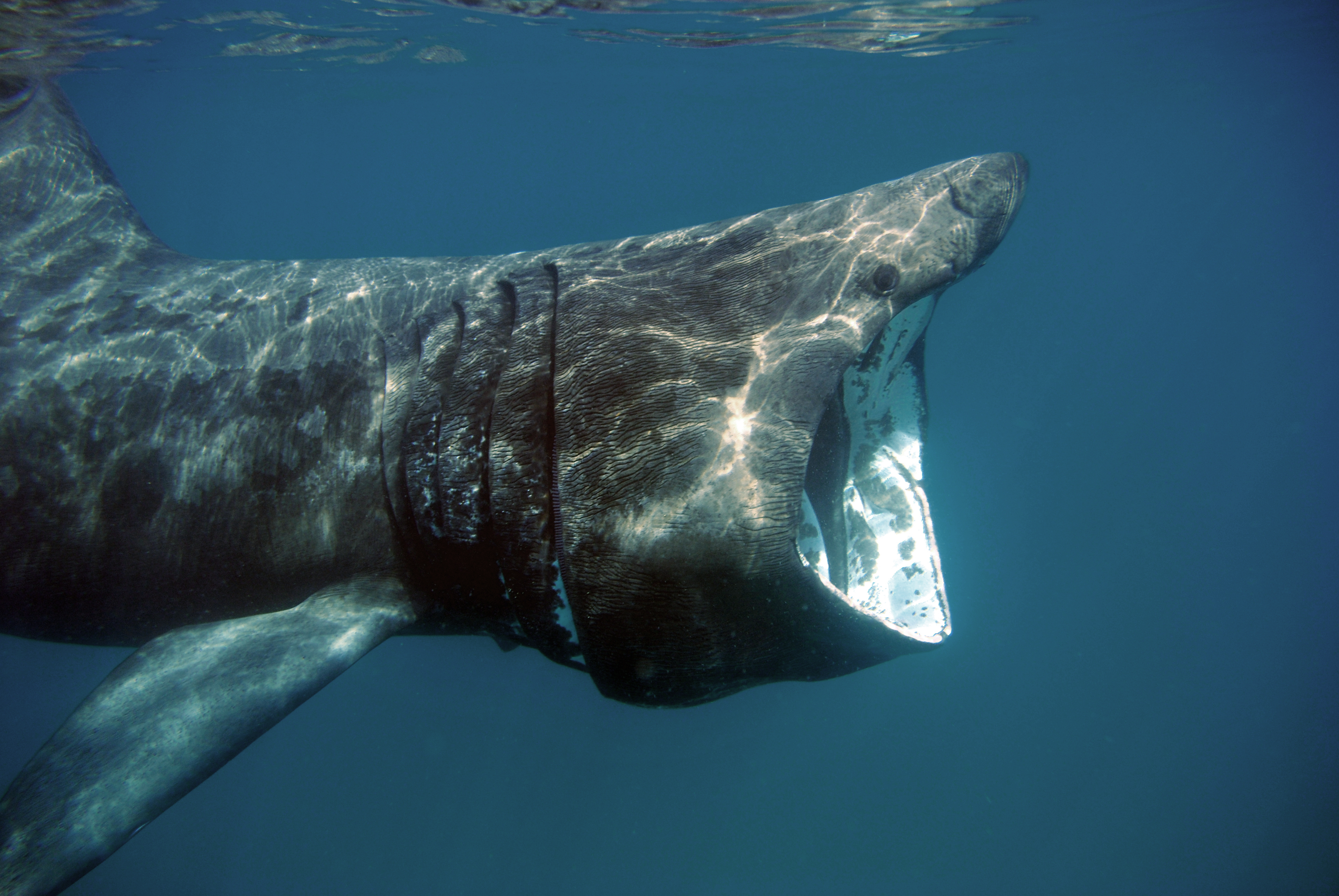By Michelle Marraffini, Invertebrate Zoology and Molecular Ecology Lab

Conservation science can sometimes feel like it is all doom and gloom stories with reports of have few of a species are left or what factors may lead a species to go extinct. Dr. Knowlton, a career scientist with the Smithsonian, realized that after attending conferences and taking surveys of conservation scientist, people tend to think of conservation science as a losing business. Nancy Knowlton and her work on a project called "Beyond the Obituaries" is trying to change that image. She highlights stories of groups that make conservation work; they include fishing villages that enact their own Marine Protected Areas, species saved by local activists, protecting turtles and sharks by reducing by-catch, and many more success stories of ocean science. "I felt it was really important to give people a reason to think that there is something you can do" Dr. Knowlton explained when asked about her recent work. By focusing on solutions rather then failures, hopefully she will reassure people that there is still time to save the coral reefs and safeguard marine biodiversity around the world.
Dr. Knowlton recently gave a seminar at MLML and in an hour inspired many of our students to take a more positive outlook on science. By focusing on the victories and learning what works we can help preserve more of the world’s oceans for the future. So now I am challenging you to listen to Dr. Knowlton's talk (linked below) and do your small part to save the world's oceans and inspire those around you to do the same.
You can hear Dr. Knowlton's "Beyond the Obituaries: Success Stories in Ocean Conservation" on youtube and find more information on their website. She also has a book with National Geographic!


